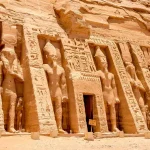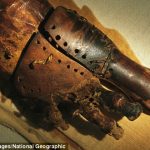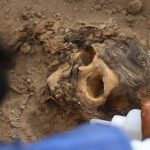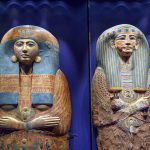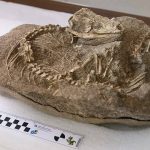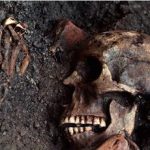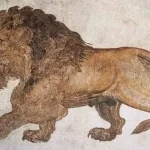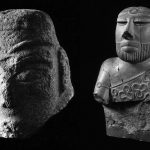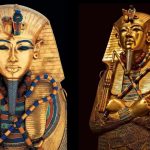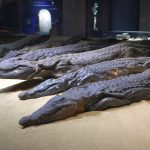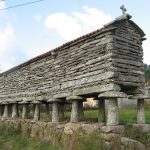Mount Nemrut: The Monumental Legacy of the Commagene Kingdom
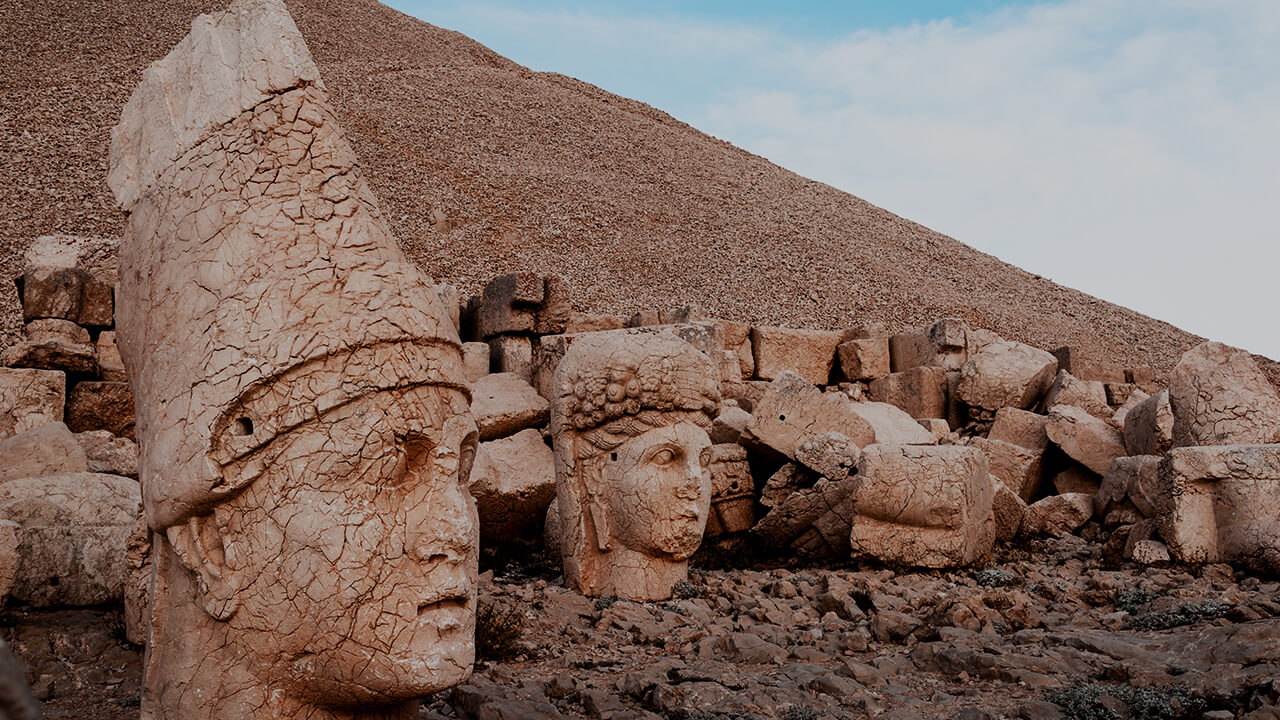
Mount Nemrut (or Nemrud) is a 2,134-metre-high (7,001 ft) peak in southeastern Turkey, renowned for the monumental statues surrounding what is believed to be a royal tomb from the 1st century BC, belonging to the Kingdom of Commagene. Located among the eastern Taurus Mountains, it was inscribed as a UNESCO World Heritage Site in 1987.
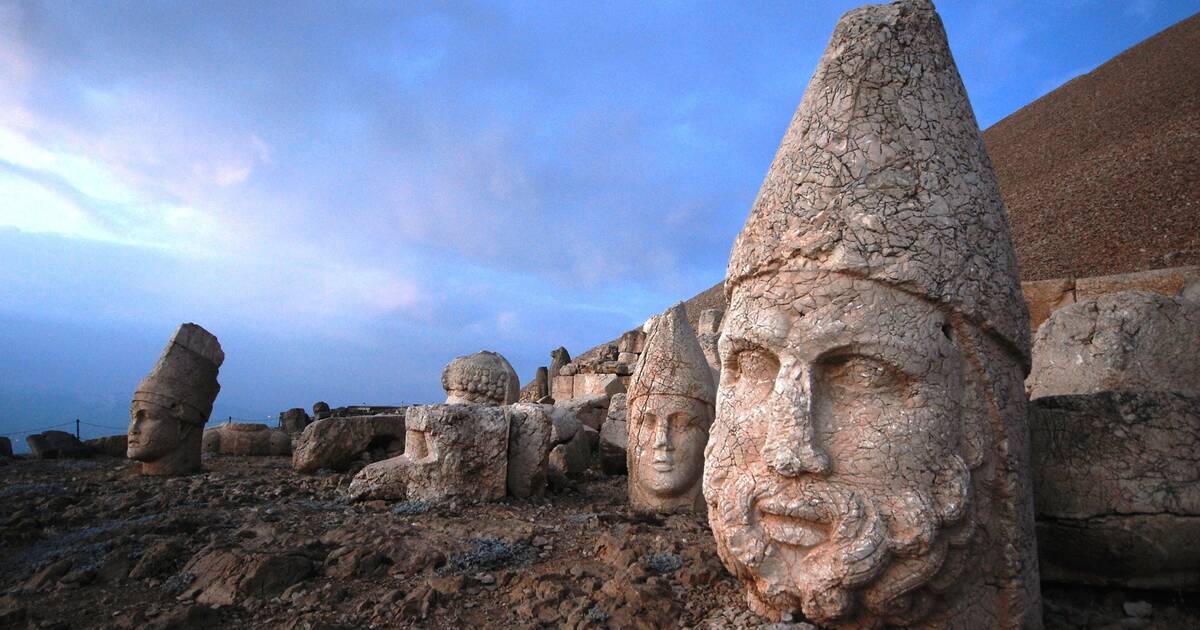
The mausoleum atop Mount Nemrut was built by Antiochus I (69–34 BC), ruler of Commagene, a Greco-Iranian kingdom founded north of Syria and the Euphrates after the fragmentation of Alexander the Great’s empire. The kingdom’s culture reflected its dual Greek and Persian heritage, with its royal lineage tracing descent from both Darius I of Persia and Alexander’s successors. Commagene’s capital was the ancient city of Samosata—known in the Iron Age as Kummuh, the probable origin of the name “Commagene.”
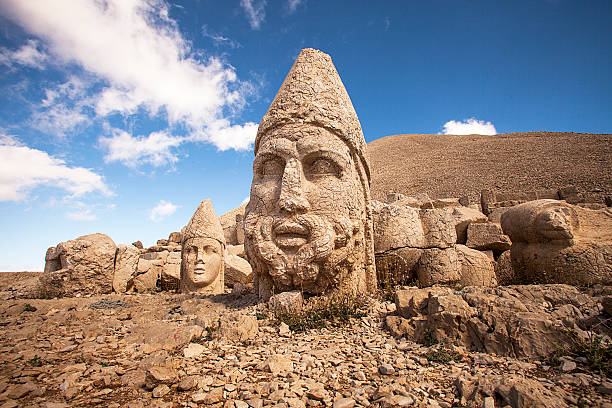
Strategically positioned as a “buffer state” between Armenia, Parthia, Syria, and Rome, Commagene was culturally diverse. It remained independent until 17 AD, when it became a Roman province under Emperor Tiberius. Restored briefly under Antiochus IV during the reigns of Caligula and Claudius, it was permanently annexed by Emperor Vespasian in 72 AD.

Mount Nemrut preserves the kingdom’s most remarkable legacy: a sanctuary dedicated by Antiochus I to a syncretic pantheon of Graeco-Iranian deities—alongside himself and the deified land of Commagene. In 62 BC, the king commissioned a mountaintop complex featuring colossal statues, 8–9 metres (26–30 ft) high, depicting himself, two lions, two eagles, and composite gods such as Heracles-Artagnes-Ares, Zeus-Oromasdes, and Apollo-Mithras-Helios-Hermes. These statues, once seated and inscribed with their names, now lie in scattered fragments—many beheaded, likely due to deliberate iconoclasm.
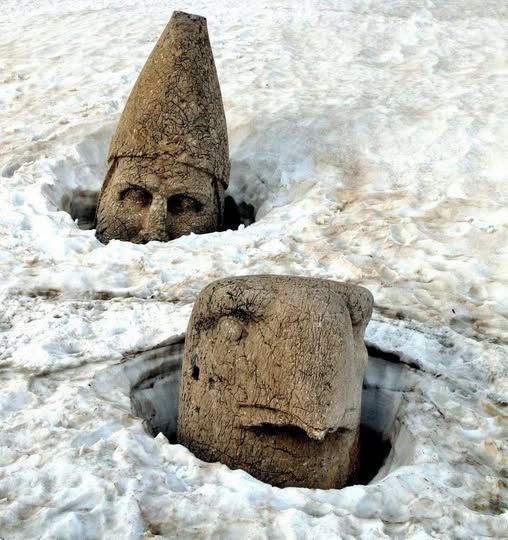
The site also contains stone stelae carved with bas-reliefs depicting Antiochus’ Greek and Persian ancestors, as well as a massive tumulus—49 metres (161 ft) high and 152 metres (499 ft) in diameter—likely designed to protect the tomb from looting. The figures combine Greek facial features with Persian clothing and hairstyles, reflecting the kingdom’s unique cultural fusion.
